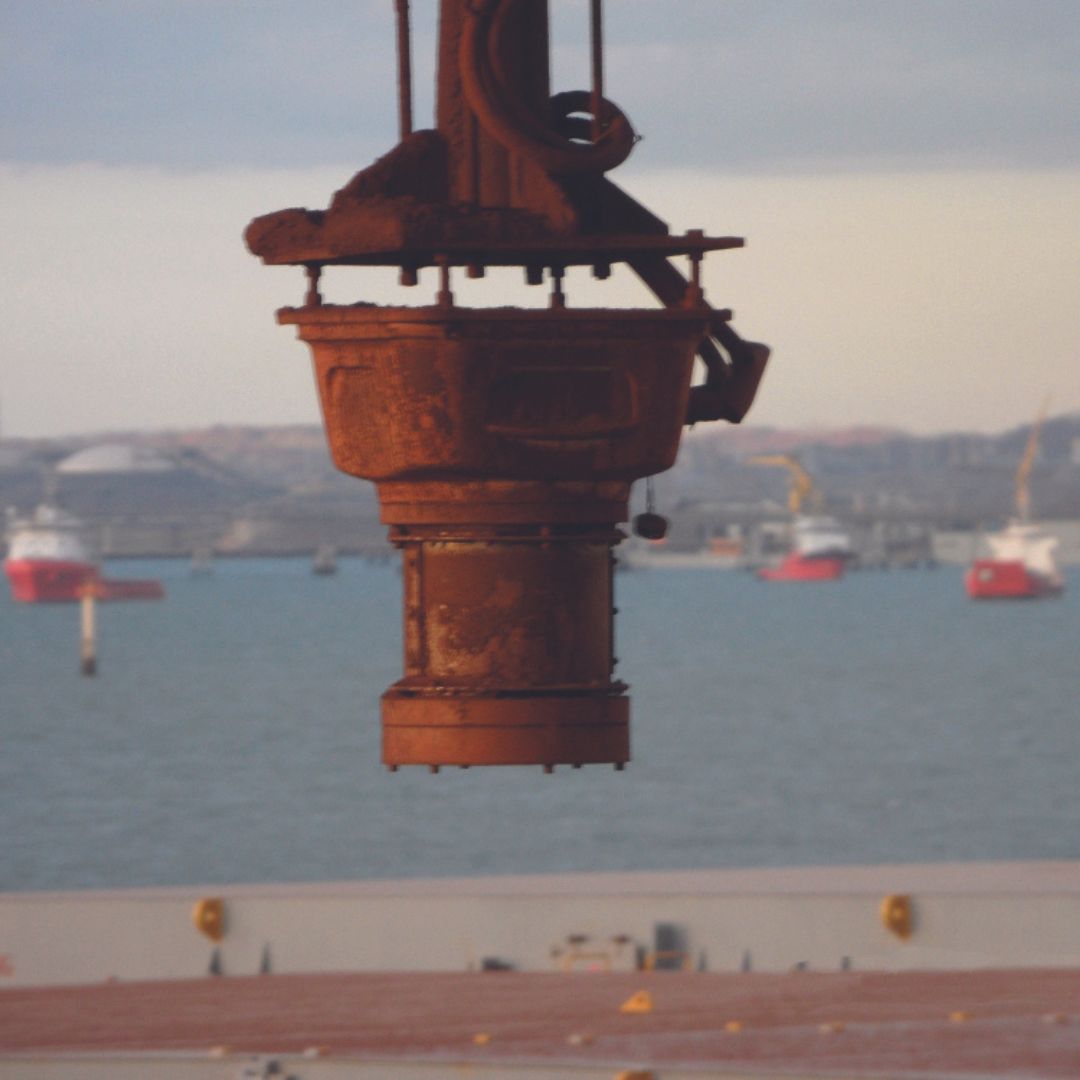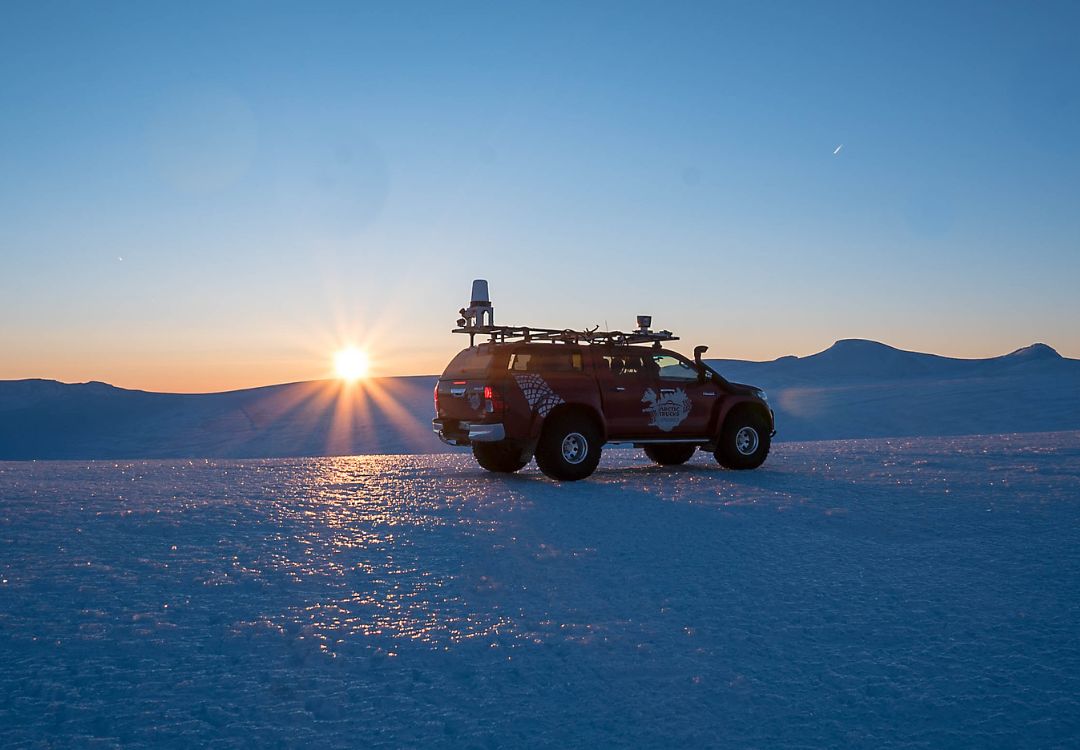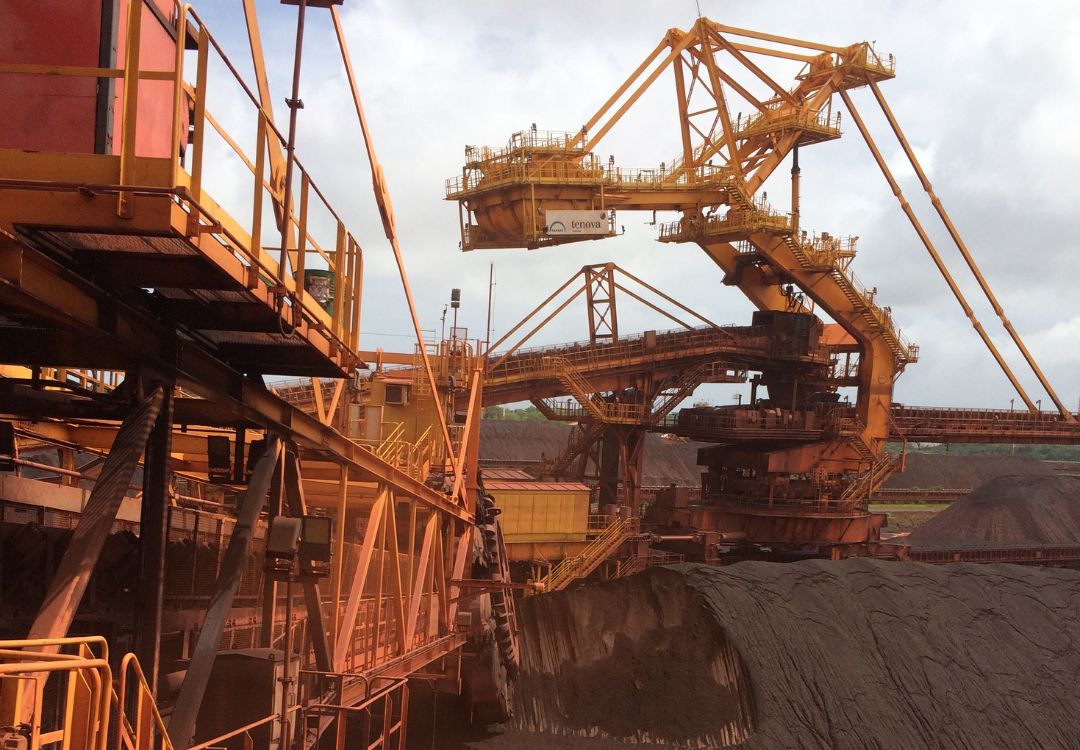Australia
Pilbara Port use Navtech Radar's sensors to provide data for anti-collision, navigation, and optimum loading. Operating reliably in all environments, the 360° radar raises an alarm if a loader gets too close to an object, minimising costly disruptions to ship loaders.

Accurate loading and anti-collision in busy port.
In Australia, iron ore mining is largely concentrated in the Pilbara region, located in the north of Western Australia. A key export, it requires transportation to the coast via a 1,400km network of rail tracks, and Port Pilbara is one of the main ports responsible for shipping it.
Loading ships in Pilbara is a continuous, year-round operation, using heavy-duty conveyor belt loaders that need to be capable of swinging 180°, turning immediately from a fully loaded ship on one side of the quay to an empty ship on the other side. It is critical to take into account the ship’s movement, both vertically and from side to side, and also vital that balance is maintained throughout. This necessitates constant monitoring of the loading process, to make sure the iron ore goes into the correct hold compartment.
Each loading machine can convey several thousand tons of iron ore per hour, and with each ton of iron ore being worth approximately $100, it is essential to keep the loaders operating with minimal downtime. Should damage to a loading machine hamper production, the loss per machine is likely to be a minimum of $1 million US dollars per day, rising to as much as $12 million.

“Navtech Radar’s sensors installed at Pilbara have proven their worth. They continue to perform as promised … [and their] commitment to travel to the other side of the world to resolve non-trivial issues was a significant factor in our success so far.”
Andrew Pasquale
The SafeGuard anti-collision systems are installed on heavy-duty conveyor belt loaders, each capable of swinging through 180° to speed the loading process up by turning immediately from a fully-loaded ship on one side of the quay to the next empty ship at the other side.
As the high-resolution radars scan 360° when analysing their environment, if the loader gets too close to objects, it raises an awareness alarm, informing the operator to potential problems. Working remotely near the very end of the boom, and close to the ship, the operator’s vantage point enables them to distribute the cargo evenly and precisely, a skilful and demanding job. Navtech Radar’s sensors aid the operators’ job as the radar can accurately scan the area the loader is operating in and easily identify potential collision risks, regardless of the visibility conditions at the time.
Navtech’s sensors are integrated with the user interface where a CITEC solution provides the operator with all the machine controls, alarms and warnings. If an object is detected being too close on the left-hand side, all leftward movement of the loader is disallowed, pre-programmed by the PLC interface. Likewise, if the ship rises too much compared to the loading angle, the operator is warned and can adjust by moving the loader upwards. Loading the ships is a continuous process that must be replicated and completed with accuracy and speed. Navtech Radar’s sensors ensure the machine operates continuously, with minimal risk of disruption and the associated financial implications.

Navtech Radar’s sensors continue to perform as promised. Previous attempts using alternative technologies had failed to provide the levels of robustness and performance that the harsh environment demands. The step-by-step approach was more cautious and pragmatic, increasing profitability and long-term success.
Since its implementation, the SafeGuard system has operated in all weather conditions, day and night, and proven to be reliable even in this demanding, dry, and dusty environment. The staff at Pilbara Port report a very low rate of false alarms, easy commissioning, minimal maintenance, and no need for routine cleaning.
Port Pilbara








